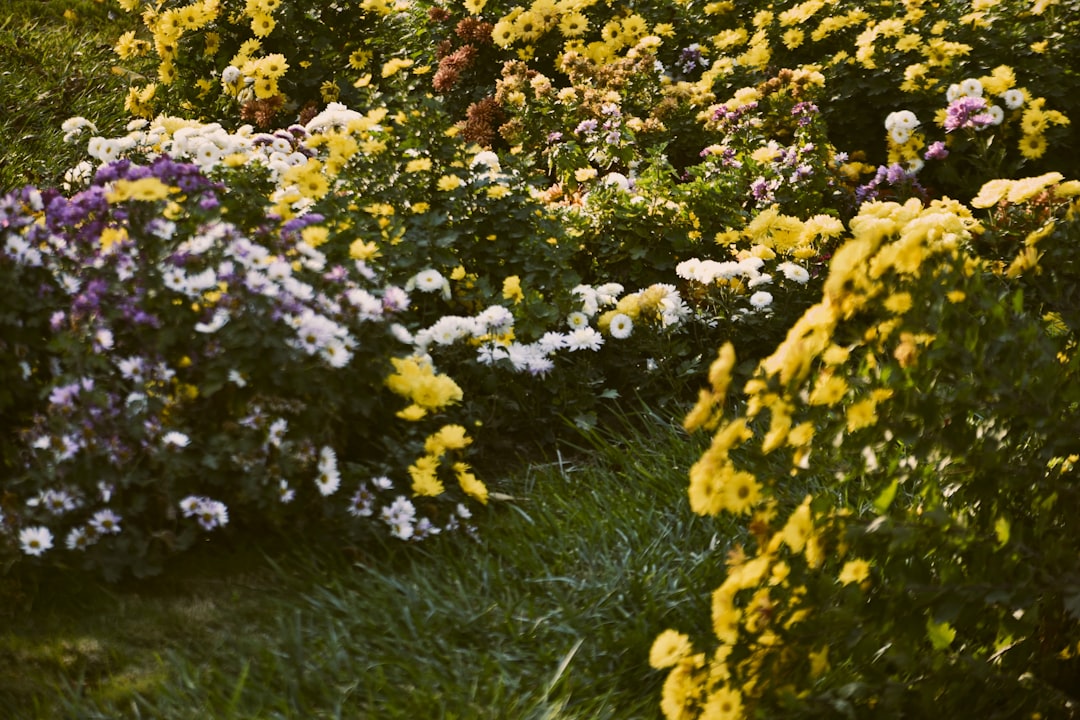Unveiling Post - Peony Care Secrets for a Thriving Garden

When the resplendent peony flowers start to fade, it marks the beginning of a crucial phase in their life cycle. This is the time when strategic care can significantly impact their growth and blooming potential in the coming year. In this guide, we will delve into the essential steps you need to take to ensure your peonies thrive and grace your yard with an even more spectacular display of blossoms next season.
First and foremost, deadheading is a vital practice. Once the peony flowers have withered, carefully remove the spent blooms. Use sharp, clean pruning shears to cut the stem just above the first set of healthy leaves. Deadheading not only keeps your garden looking tidy but also redirects the plant's energy from seed production to root and foliage development. This energy conservation is key to promoting stronger growth and more abundant blooms in the future.
After deadheading, it's time to focus on the foliage. The leaves of the peony plant are its powerhouses, responsible for photosynthesis. As long as the leaves remain green and healthy, they are actively producing energy for the plant. Avoid cutting back the foliage prematurely, even if it starts to look a bit unkempt. Let the leaves stay on the plant until they naturally turn yellow or brown in the fall. This allows the peony to store as much energy as possible in its roots for the winter and subsequent growth spurt in the spring.
Proper fertilization is another crucial aspect of post - peony care. In the late summer or early fall, apply a balanced, slow - release fertilizer around the base of the peony plant. A fertilizer with an N - P - K ratio of around 10 - 10 - 10 is ideal. Sprinkle the fertilizer evenly, following the package instructions for the appropriate amount based on the size of your peony. Water the area thoroughly after applying the fertilizer to help it penetrate the soil and reach the roots. This nutrient boost will support the peony's root development and overall health during the dormant period.
Weed control is also essential for the well - being of your peonies. Weeds compete with the peony plants for nutrients, water, and sunlight. Regularly inspect the area around your peonies and remove any weeds by hand or use a gentle, non - chemical weed killer. Be careful not to damage the peony's shallow roots while weeding. A layer of mulch can also be beneficial in suppressing weeds. Apply a 2 - 3 inch layer of organic mulch, such as shredded bark or compost, around the base of the peony. The mulch will not only keep weeds at bay but also help retain soil moisture and regulate soil temperature.
As the colder months approach, it's important to prepare your peonies for winter. In late fall, after the first hard frost, cut back the peony foliage to about 2 - 3 inches above the ground. This helps prevent the spread of diseases and pests that may overwinter in the dead leaves. Remove the cut foliage from the area and dispose of it properly. You can also add a layer of winter mulch, such as straw or evergreen boughs, to protect the peony's crown from extreme cold and temperature fluctuations. However, wait until the ground has frozen before applying the winter mulch to avoid trapping moisture and causing rot.
Come spring, as the weather warms up, start to monitor your peonies closely. Once new growth emerges, remove the winter mulch gradually. This allows the soil to warm up more evenly and gives the peony plants a chance to adjust to the changing conditions. Keep the soil consistently moist but not waterlogged. Water deeply and infrequently, rather than giving the plants frequent shallow watering. This encourages the roots to grow deeper into the soil, making the peonies more drought - tolerant.
By following these comprehensive post - peony care steps, you can create an optimal environment for your peonies to thrive. With proper deadheading, foliage management, fertilization, weed control, winter preparation, and spring care, you can look forward to a yard filled with healthy, vibrant peony plants that produce an abundance of beautiful blooms year after year. So, don't let the fading of the peony flowers be a cause for disappointment. Instead, see it as an opportunity to take proactive steps towards a more spectacular garden in the future.